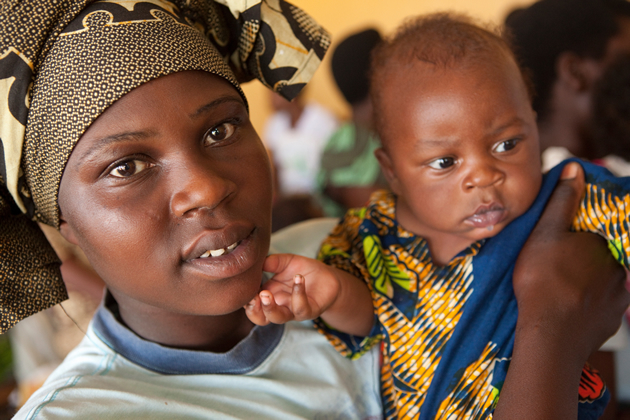In the two decades following a genocide that killed nearly one million people, displaced another two million, ravaged the public-health sector, and left it one of the most destitute nations on Earth, Rwanda has made extraordinary gains in protecting the lives and health of its youngest citizens.
Key Points
-
In just a decade and a half, this small, landlocked nation has cut its under-five mortality (U5M) rate by 67 percent - achieving outcomes comparable to considerably wealthier African countries.
-
Rwanda’s impressive gains are the result of principles that the Rwandan government upheld over several years, including a system-wide insistence on training and accountability at all levels of the health system; a commitment to health equity and access to care; and the use of evidence-based interventions to generate large-scale improvements in U5M.
In 2000, when it was only six years removed from the genocide, Rwanda’s U5M rate stood at 158 deaths per 1,000 live births. As of 2015, that figure was 52 per 1,000 - a 67 percent decline that greatly outpaced expectations based on the country’s gross domestic product and the historical patterns1 of other nations.2 In fact, this small, landlocked, resource-poor country had already achieved a U5M rate comparable with its much wealthier East African neighbors.
Change in under-5 mortality rate versus change in GDP per capita

Embedded in the overall rate are some even more extraordinary gains against specific diseases. While every major cause of U5M in Rwanda has diminished since 2000, measles deaths have plummeted to nearly zero (from a rate of 267 deaths per 100,000 U5 population in 2000 to 3 per 100,000 in 2015), while death rate due to malaria has plunged from 517 per 100,000 U5 population to 81 per 100,000 in 2015.1
Under-five mortality in Rwanda over time, death rates per 100,000 children under five

Under-five causes of death in Rwanda over time, % of total U5M

Rwanda has outperformed across other indicators relative to East African and Countdown to 2030 peers

As has been the case with many other countries in the region, Rwanda’s mortality reductions have been concentrated in the post-neonatal time period; 80 percent of the overall U5M decline represents post-neonatal survival. Neonatal mortality also decreased, though at a slower rate: from 40 deaths per 1,000 live births in 2000 to 19 per 1,000 in 2015.1
How is it possible that a nation facing Rwanda’s many disadvantages could achieve such notable gains over such a relatively short period? While improvement of their economy was indeed a contributing factor (its annual GDP averaged 8.1 percent growth between 2000 and 2015,3 and the human development index score rose by 52 percent from 2000 to 20154 ), five primary drivers stand out:
- Commitment to "horizontal" health system improvements
- Government-led donor/NGO coordination
- Strong community-based health services
- Emphasis on data and evidence
- Decentralization of authority and responsibility
Broadly speaking, these five drivers manifested themselves in the effective implementation of evidence-based interventions to reduce child mortality. Rwanda's success also reflects broader contextual factors that both facilitated interventions and indirectly reduced child mortality, through improvements in risk factors, improved overall health status, and resiliency of children and families.

-
1
Institute for Health Metrics and Evaluation (IHME). Global Burden of Disease (GBD) 2016. Seattle, WA.
-
2
Under-five mortality rates estimated from alternative sources indicate a 79 percent reduction during this period from 195 to 41 per 1,000 live births (UN Inter-Agency Group for Child Mortality Estimates. http://www.childmortality.org/. or a 74 percent reduction from 196 to 50 per 1,000 live births (ICF, 2015. The DHS Program STATcompiler. Funded by USAID. http://www.statcompiler.com. September, 2018).
-
3
Rwanda GDP Estimates, World Bank, http://databank.worldbank.org
-
4
United Nations Development Programme, Human Development Reports, http://hdr.undp.org/en/data, Accessed Nov 1, 2018.
